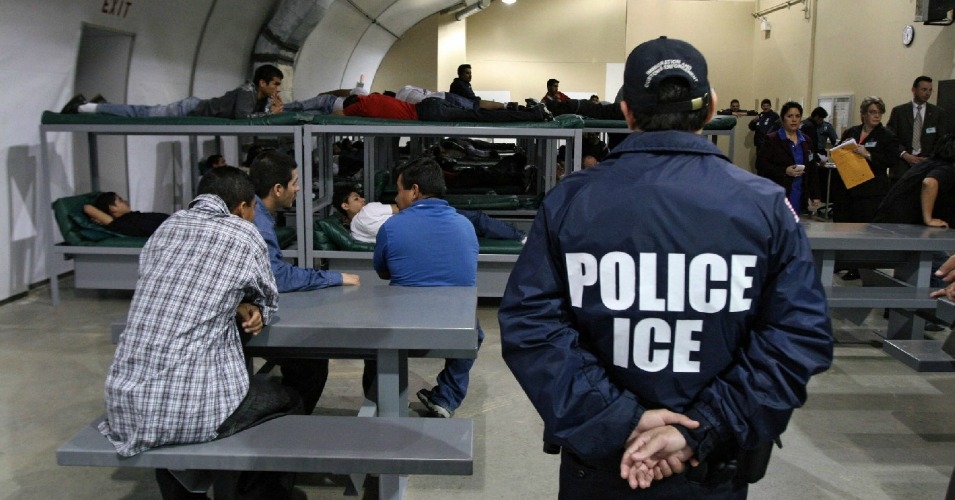Is Trump positioning for mass deportation?

By Victor Landa, NewsTaco (2.5 minute read) 
Now we know how far Trump’s immigration orders will go (or better yet, can go) toward a massive deportation effort, because it’s one thing to say you’re going to do something, it’s another to publicize your plans.
That’s what Homeland Security (DHS) chief John F. Kelly did yesterday when he released directives to implement Trump’s signed orders – think of it as the x’s and o’s that come after the coach’s locker room speech.
As you’d imagine there‘s been a flood of news stories about the DHS directives, all with the same information. The best, to my liking, was the Houston Chronicle’s quick, bulleted format. It outlines what DHS plans to do in a practical read – here’s my synopsis of the summary:
DHS will . . .
- Hire 10,000 immigration and customs officers
- End “Catch and release.” Immigration officers will be required to hold any and all detained undocumented immigrants. Which means that . . .
- . . . the number of detention facilities will have to increase.
- Create a federal program that will support local law enforcement officers’ deportation efforts.
- Deport to Mexico all undocumented immigrants, regardless of nationality, who are detained while crossing the U.S.-Mexico border.
- Leave DACA intact and DREAMers alone.
ACT NOW!
Sign or start a petition to organize a town hall meeting with your congressperson
Click HERE
But the directive that’s causing the most consternation among immigrants and immigration advocates is this one:
“Department personnel have full authority to arrest or apprehend an alien whom an immigration officers has probable cause to believe is in violation of the immigration laws. They also have full authority to initiate removal proceedings against any alien who is subject to removal under any provision of the (Immigration and Nationality Act).”
It’s up to the individual immigration officer in the field to make that call.
Immigration advocates say that last part is dangerously arbitrary . . .

. . . because it puts the fate of detained immigrants at the discretion of enforcement officers. But even so. It’s not as if immigration courts are a paragon of orderly action.
Quartz explains how immigration courts are not held to the same scrutiny and rules as other courts because they’re not the same thing.
“Unlike federal and state court systems, which constitute their own branch of power—the judiciary—immigration courts sit under the executive power of the US president. The attorney general overseeing the system, a cabinet appointment, is required to be an impartial arbiter between another cabinet member, the head of the US Department of Homeland Security, and the immigrants that the agency prosecutes.
Read more stories about Trump’s immigration directive in NewsTaco. >>
“An EOIR spokeswoman says the two agencies have different missions and are entirely separate from each other. Either way, it’s an arrangement that takes away independence from the courts, making them vulnerable to conflicts of interest and abuse, critics say.”
Also, immigration judges are not appointed for life, so they’re susceptible to political pressures. There is currently a 500,000 case backlog in the country’s immigration courts.
Do you like stories that reflect authentic Latino life in the U.S.?
Be part of a positive change.
[Photo courtesy of Common Dreams]

